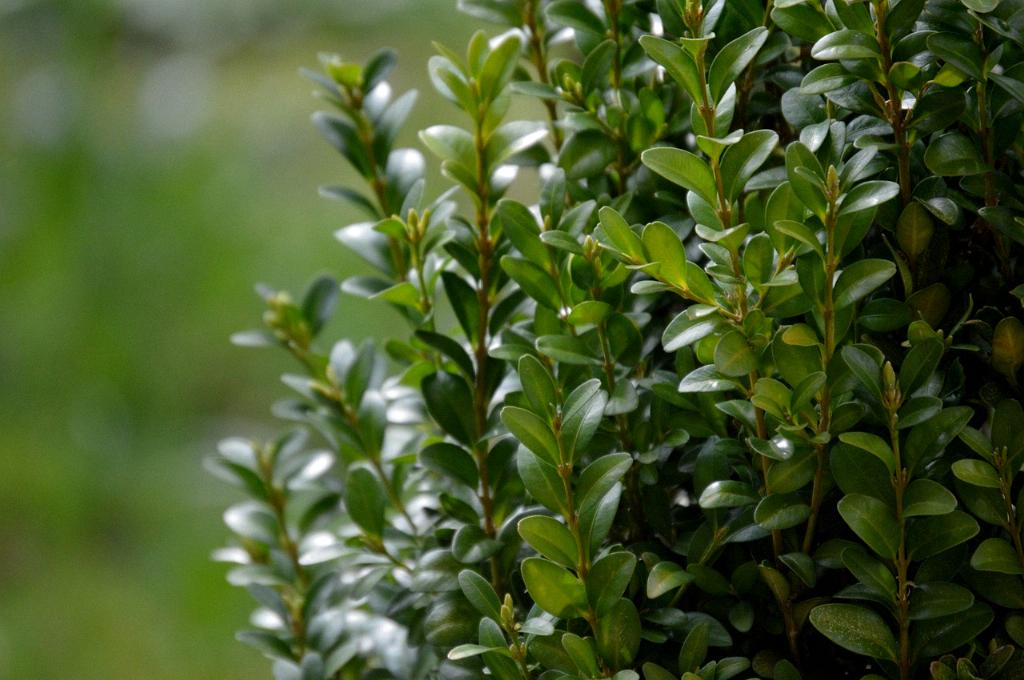Boxwoods are beloved for their evergreen foliage and versatile shape, making them a popular choice in gardens and landscapes. One common question that many gardeners have is: when is the best time to trim boxwoods? Let’s delve into the details and shed light on this important aspect of boxwood care.
Early Spring Pruning
In general, the optimal time for overall pruning to shape boxwoods is in the early spring, just before new growth begins. This is when the plant is coming out of its winter dormancy and can readily recover from the pruning cuts. It’s an ideal time to shape the shrub and encourage healthy growth throughout the growing season.
Seasonal Trimming
While early spring is preferred for significant shaping, it’s essential to note that trimming stray branches and performing thinning cuts can be done at any point in the growing season. Regular maintenance throughout the year not only keeps the boxwood looking tidy but also promotes airflow and sunlight penetration, which are crucial for overall plant health.
Post-Flowering Trimming
If your boxwood produces flowers, timing your trimming post-flowering can be beneficial. This allows the shrub to put its energy into new growth rather than flower production. Trimming after blooming can help maintain the plant’s vigor and ensure a lush appearance.
Avoiding Extreme Temperatures
While boxwoods are relatively resilient, it’s best to avoid pruning during periods of extreme heat or cold. High temperatures can stress the plant, making it more susceptible to damage, while freezing conditions can hinder the healing process of pruning cuts. Aim for mild weather conditions for optimal trimming results.
Health Assessment Before Trimming
Prior to trimming your boxwoods, take a moment to assess the plant’s overall health. Look for signs of disease, pest infestations, or stress. Trimming unhealthy or damaged branches can help improve the plant’s condition and prevent further spread of issues.
Tools and Techniques
When trimming boxwoods, ensure that your tools are sharp and clean to make precise cuts without causing unnecessary damage. Use pruning shears for small branches and hand pruners or hedge trimmers for larger ones. Remember to sanitize your tools after each use to prevent the spread of disease.
Proper Pruning Practices
When making cuts on your boxwood shrub, aim to maintain its natural shape while removing dead, diseased, or crossing branches. Cut at a slight angle above a leaf node to encourage new growth and a tidy appearance. Avoid cutting into old wood excessively, as this can hinder regrowth.
Recognizing Growth Patterns
Boxwoods have a unique growth pattern, with growth occurring towards the ends of branches rather than along their length. Understanding this growth habit can help you make strategic cuts to encourage fullness and density in the plant. Regular trimming can promote lush, compact growth over time.
Consulting with Experts
If you’re uncertain about the best approach to trimming your boxwoods or if you encounter any challenges along the way, don’t hesitate to seek advice from gardening professionals or local extension services. They can provide tailored recommendations based on your specific circumstances.
Patient and Consistent Care
Remember that trimming boxwoods is a long-term commitment that requires patience and consistency. By incorporating regular maintenance into your gardening routine and following proper trimming practices, you can enjoy healthy, vibrant boxwoods year after year.

Enhancing Your Garden with Pruned Boxwoods
With the knowledge of when to trim your boxwoods and how to do it effectively, you can enhance the beauty of your garden and create a well-manicured landscape that showcases the timeless appeal of these versatile shrubs. Embrace the art of trimming and watch your boxwoods thrive!
